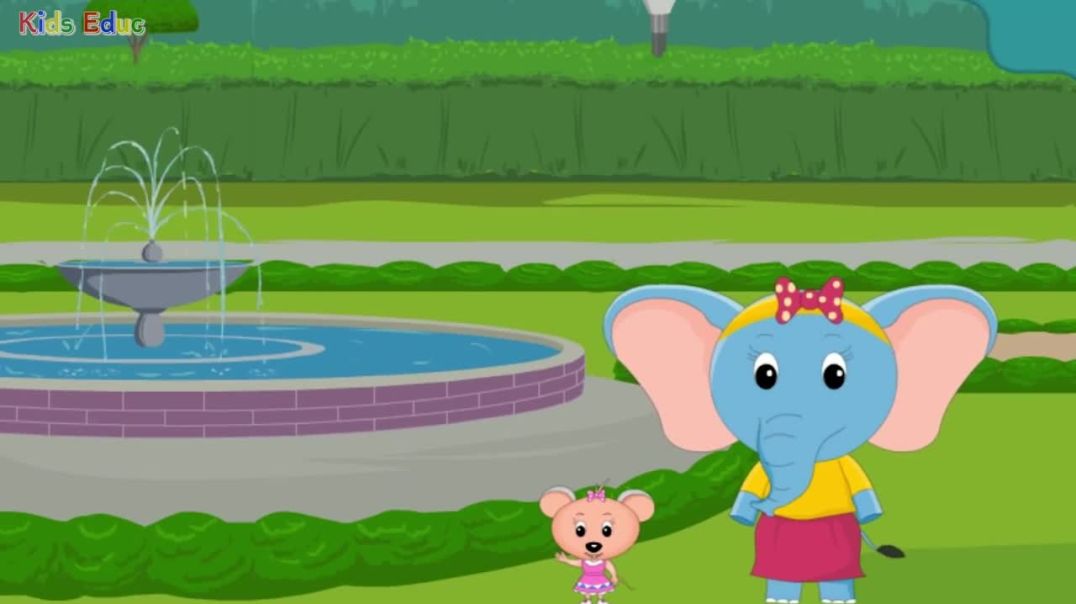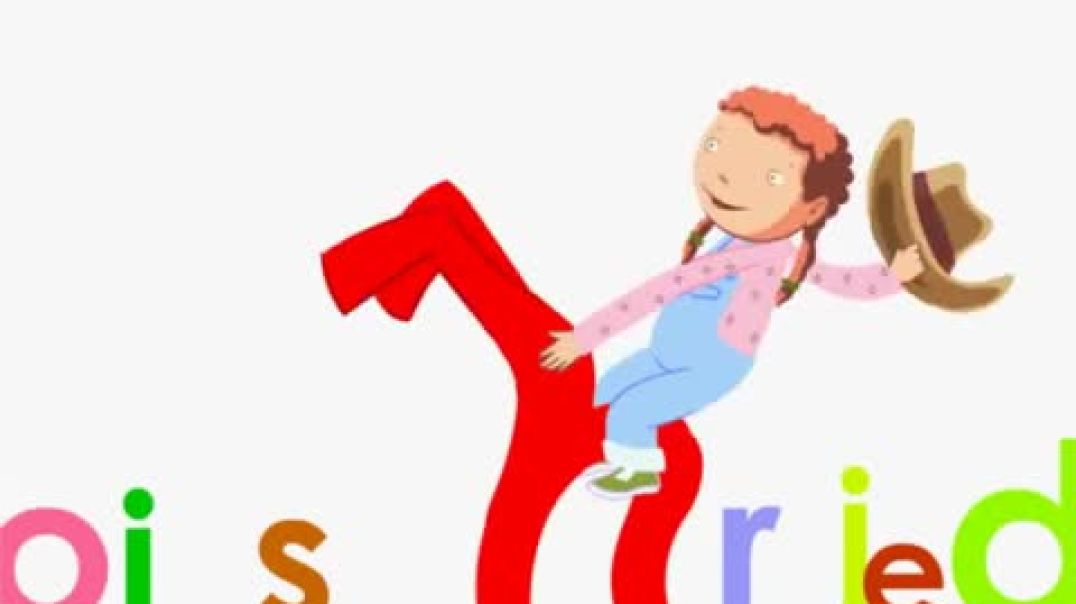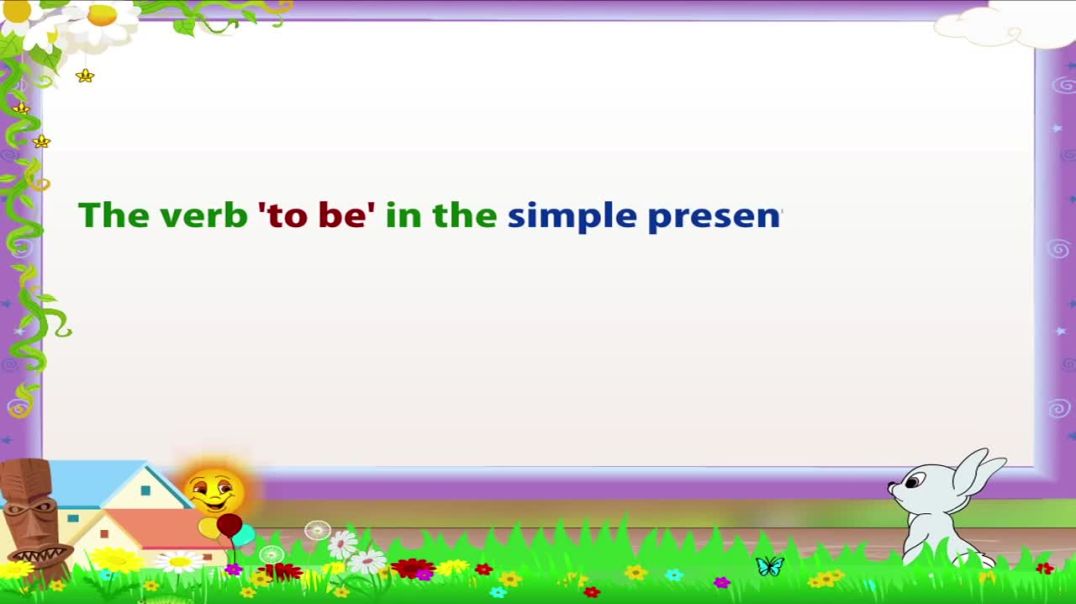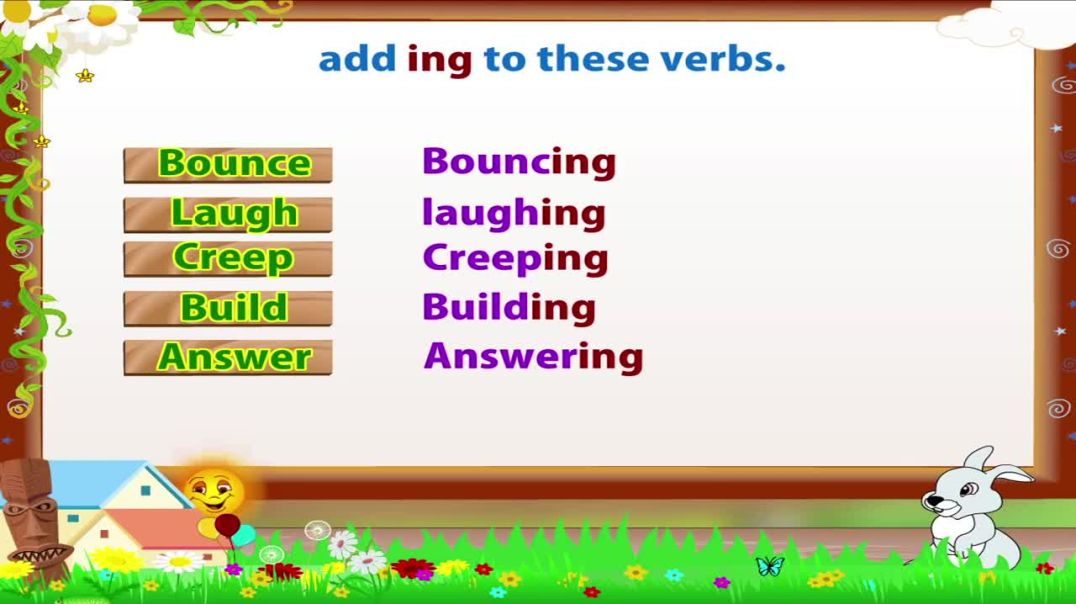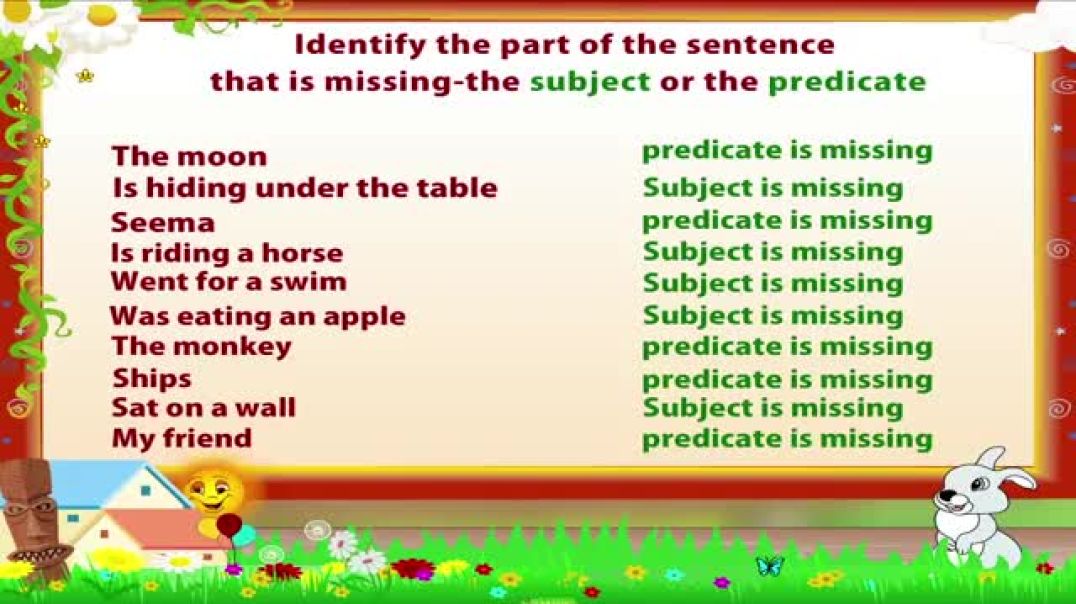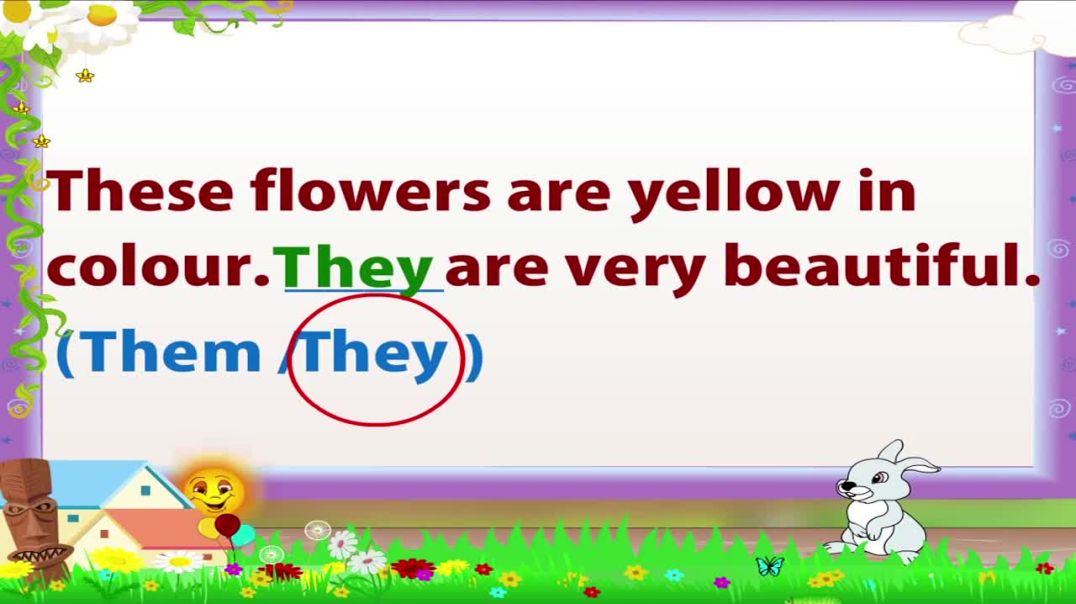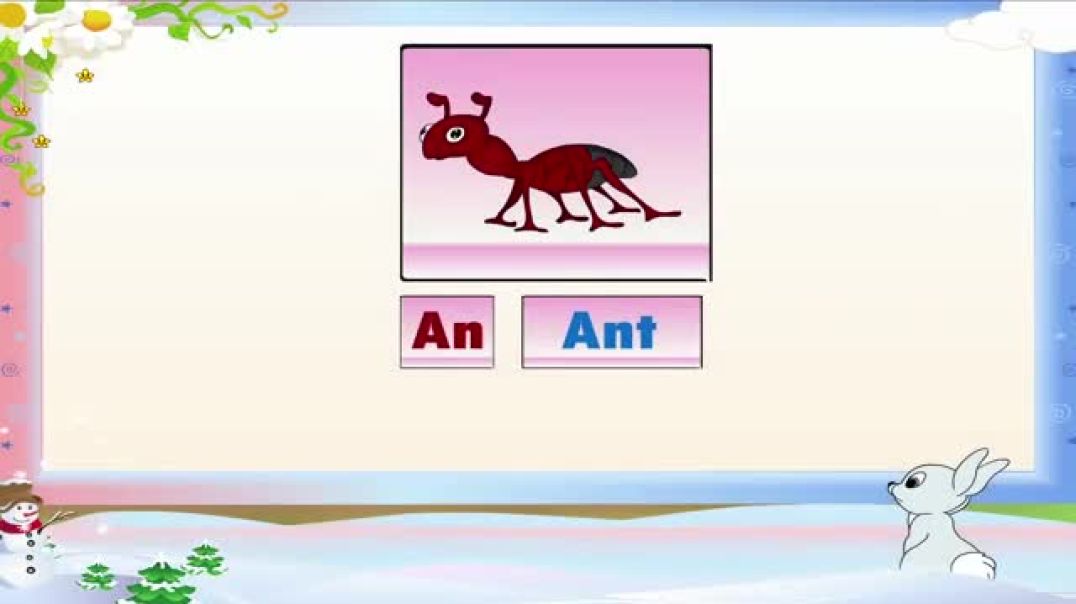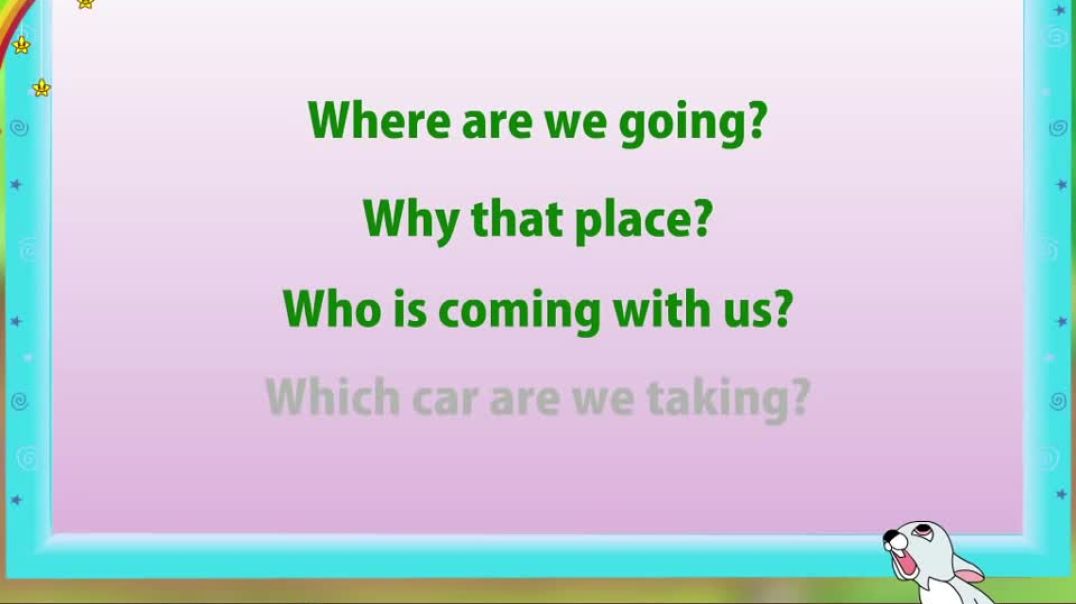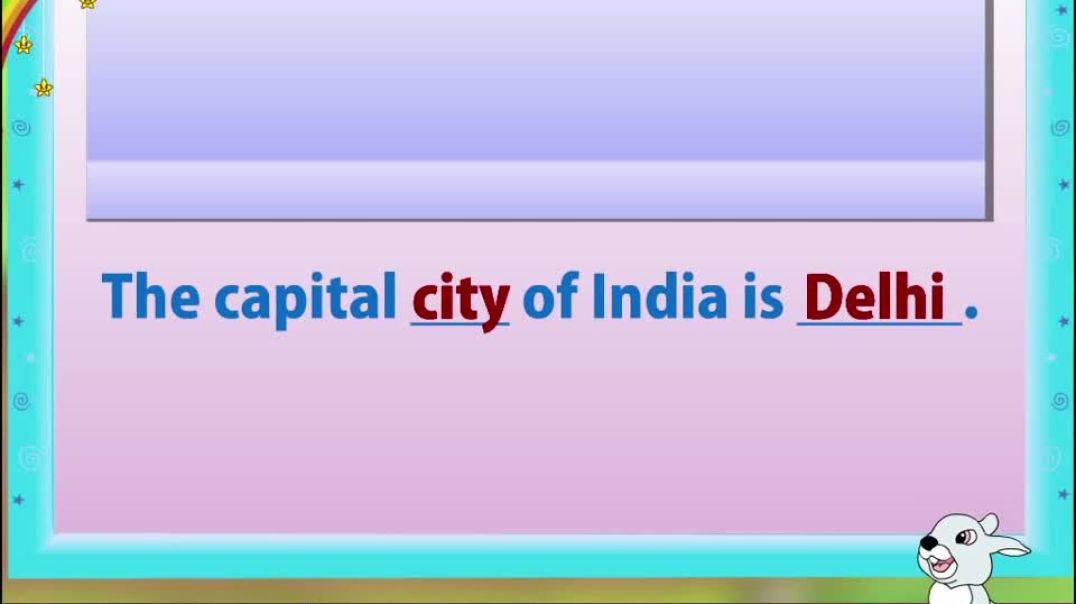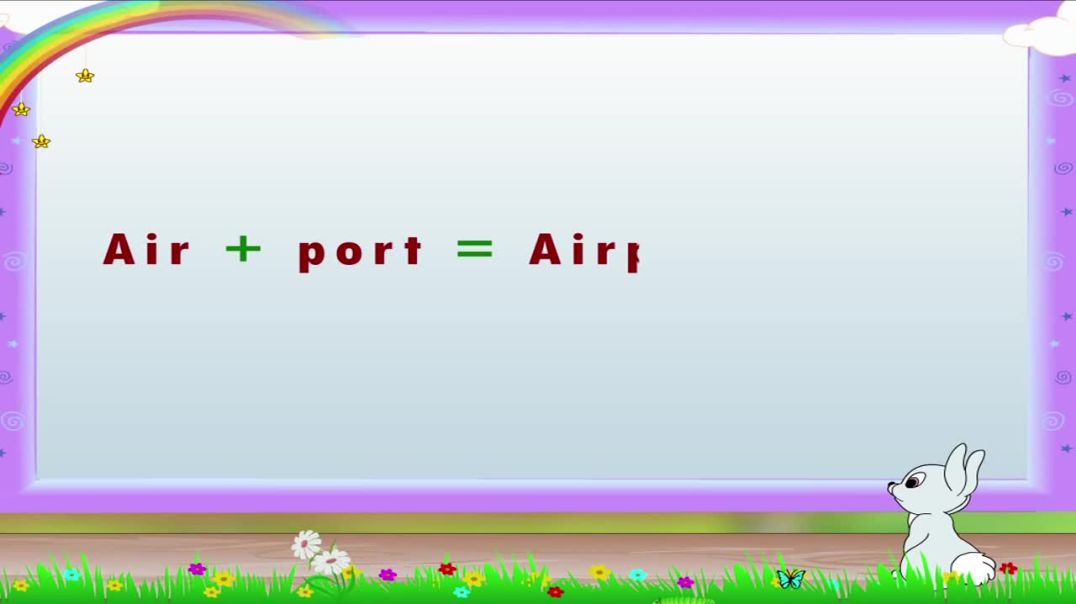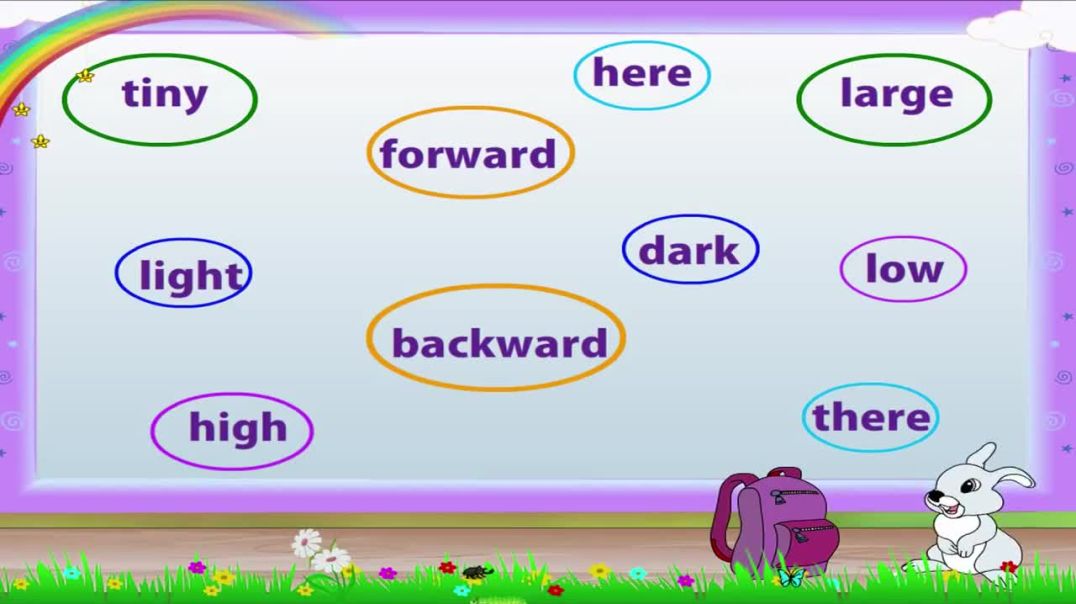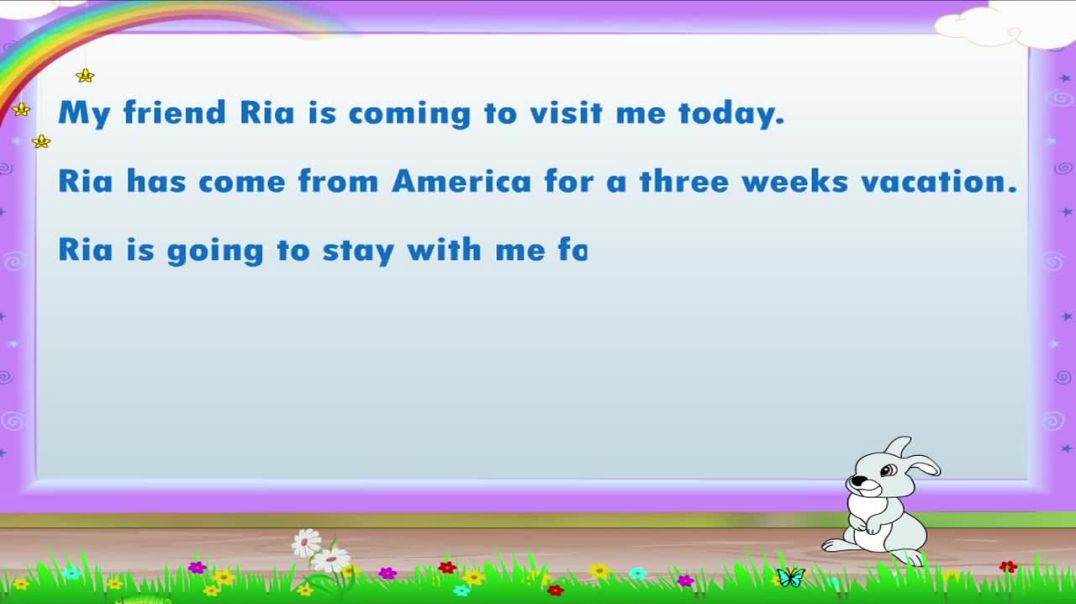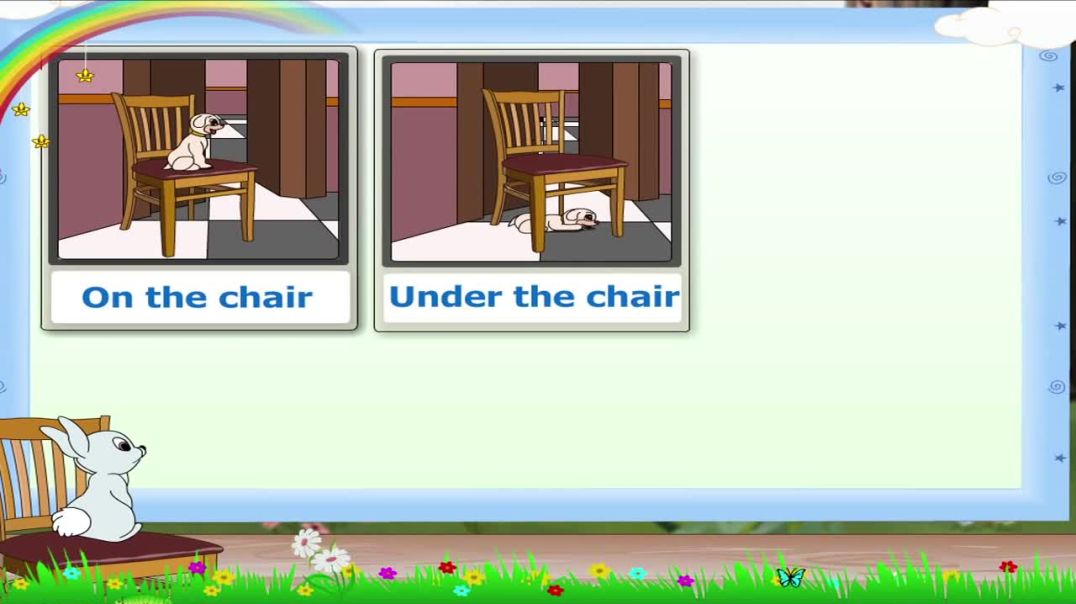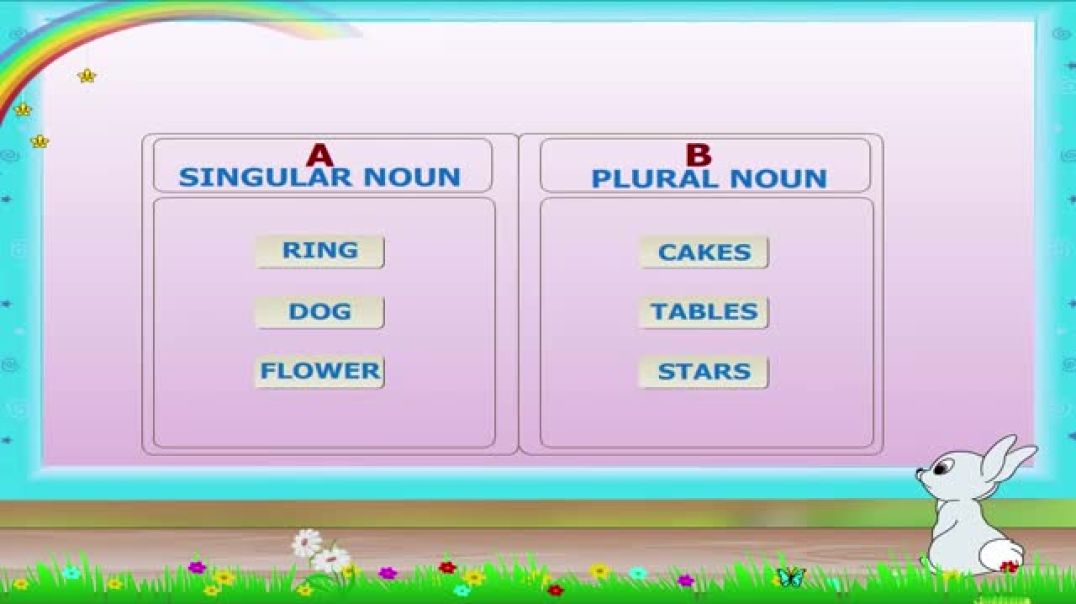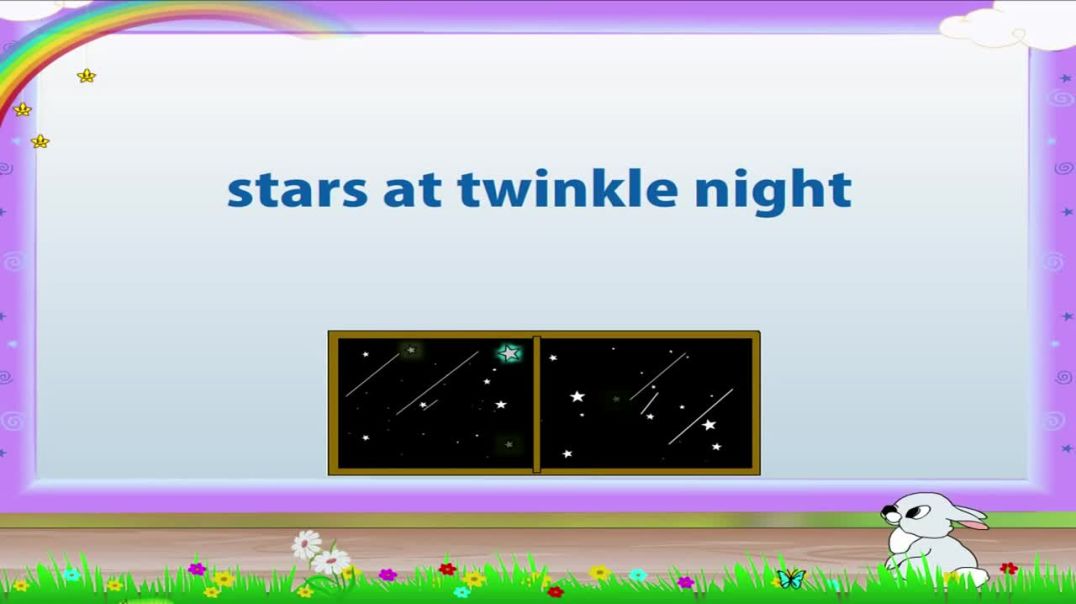Elementary / Lower Primary School
Sub Category
Phonetic reading and writing is a behavior the child exhibits that involves "sounding out" words the way they are written or writing words the way they sound (again, relating to the way letters represent speech sounds).
A suffix is a word part added to the end of a word (for example, -ful). If you add the suffix -ful to the base word, help, the word is helpful. A prefix is a word part added to the beginning of a word or base word (for example, un-). If the prefix un- is added to helpful, the word is unhelpful.
Phonics involves matching the sounds of spoken English with individual letters or groups of letters. For example, the sound k can be spelled as c, k, ck or ch. Teaching children to blend the sounds of letters together helps them decode unfamiliar or unknown words by sounding them out.
Phonics involves matching the sounds of spoken English with individual letters or groups of letters. For example, the sound k can be spelled as c, k, ck or ch. Teaching children to blend the sounds of letters together helps them decode unfamiliar or unknown words by sounding them out.
Describe yourself stating your full name and a brief introduction. Just give a small detail about your family.
A verb is a word that indicates a physical action (e.g., “drive”), a mental action (e.g., “think”), or a state of being (e.g., “exist”). Every sentence contains a verb. Verbs are almost always used along with a noun or pronoun to describe what the noun or pronoun is doing.
A verb fills the role of the predicate in a sentence and expresses physical action, mental action, or a state of being. An adverb is a modifier that provides more information about a verb, adjective, clause, or other adverb. Adverbs can act as conjunctions or describe frequency, time, place, manner, or quality.
Subject and Predicate. Every complete sentence contains two parts: a subject and a predicate. The subject is what (or whom) the sentence is about, while the predicate tells something about the subject.
What is a pronoun? A pronoun is a word that refers to either the people talking (“I” or “you”) or someone or something that is being talked about (like “she”, “it”, “them”, and “this”). Gender pronouns (he/she/they/ze etc.) specifically refer to the person you are referring to.
A preposition is a word or group of words used before a noun, pronoun, or noun phrase to show direction, time, place, location, spatial relationships, or to introduce an object. Some examples of prepositions are words like "in," "at," "on," "of," and "to." Prepositions in English are highly idiomatic.
Articles are used before nouns or noun equivalents and are a type of adjective. The definite article (the) is used before a noun to indicate that the identity of the noun is known to the reader. The indefinite article (a, an) is used before a noun that is general or when its identity is not known.
A verb is a word that indicates a physical action (e.g., “drive”), a mental action (e.g., “think”), or a state of being (e.g., “exist”). Every sentence contains a verb. Verbs are almost always used along with a noun or pronoun to describe what the noun or pronoun is doing.
Question words, often called wh- words, are function words that can be used to ask open questions. Some words, such as who, which or where, can also be used to introduce relative clauses.
A noun a word (other than a pronoun) used to identify any of a cl**** of people, places, or things (common noun), or to name a particular one of these (proper noun).
A compound word is a union of two or more words, either with or without a hyphen.
Antonym a word opposite in meaning to another.
What is a pronoun? A pronoun is a word that refers to either the people talking (“I” or “you”) or someone or something that is being talked about (like “she”, “it”, “them”, and “this”). Gender pronouns (he/she/they/ze etc.) specifically refer to the person you are referring to.
A preposition is a word or group of words used before a noun, pronoun, or noun phrase to show direction, time, place, location, spatial relationships, or to introduce an object. Some examples of prepositions are words like "in," "at," "on," "of," and "to." Prepositions in English are highly idiomatic.
The number denotes whether we speak of one object or more. Singular Number- A Noun that denotes one person or thing is said to be in the singular number; as, man, boy, girl, bird, etc.
In order for a sentence to be grammatically correct, the subject and verb must both be singular or plural. In other words, the subject and verb must agree with one another in their tense. If the subject is in plural form, the verb should also be in plur al form (and vice versa).

